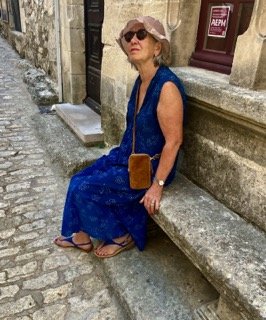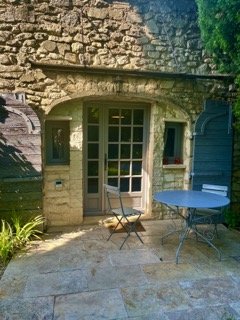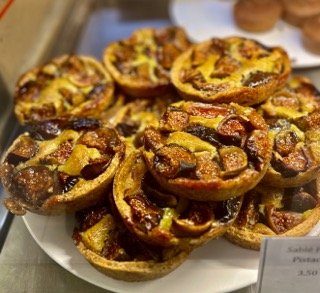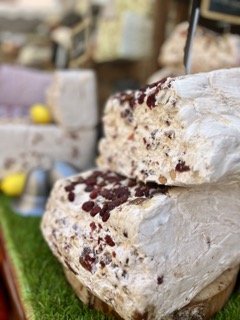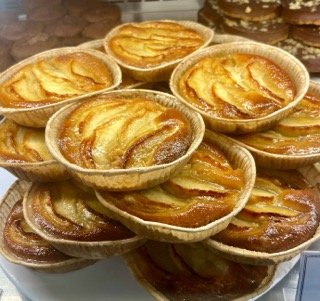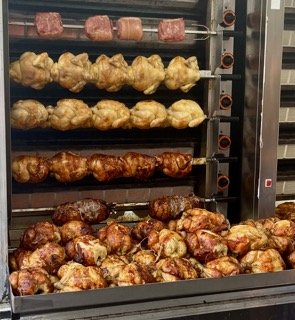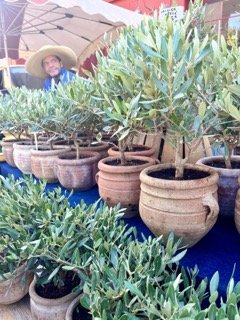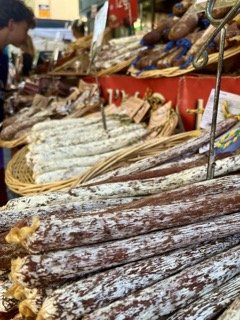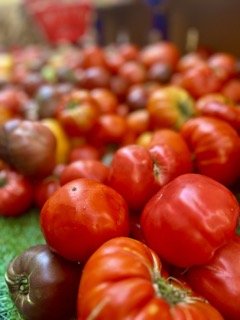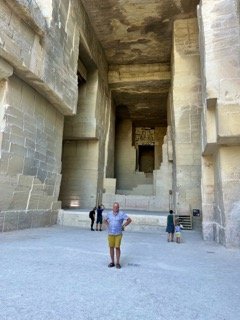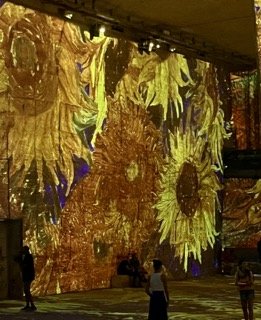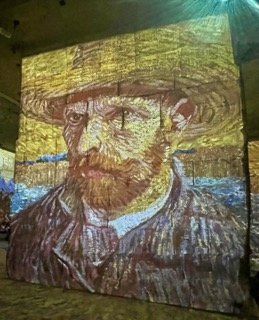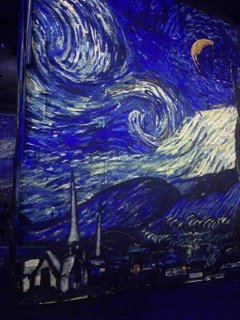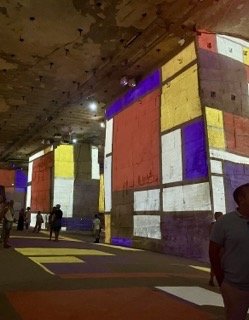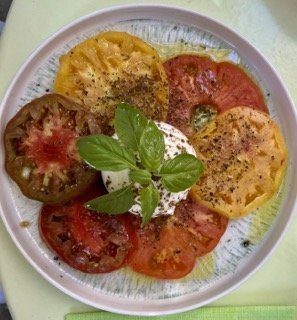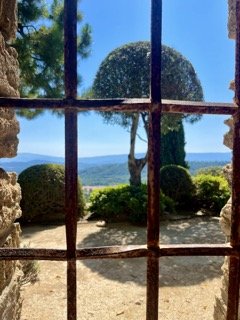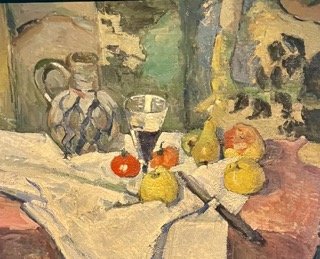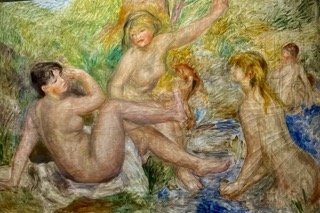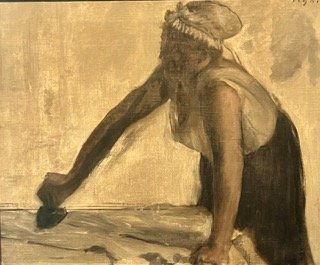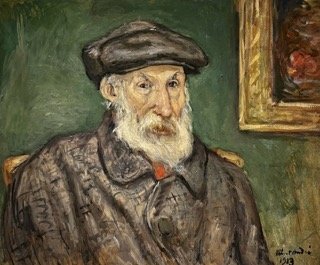Provence Beyond 40 Deg
Our seven nights in Saint Remy have flown by, and unfortunately, we’ll have to save some of our intended visits for another time. The temperature has consistently reached 42 degrees Celsius on most days, which certainly adds to the exhaustion when exploring medieval towns constructed from rock and stone. Thankfully, the plunge pool at our accommodation has been a delightful respite, often accompanied by a cold beer.
In town, a common practice is for all shops to close around 1:30 to 2 pm, followed by restaurants ending their lunchtime service. This marks the start of the “siesta” period, during which everything winds down. The town comes alive again around four in the afternoon as restaurants prepare for the evening, and shops reopen, allowing for more shopping. It’s customary for most people to enjoy dinner between 8 and 9 pm when the temperature has cooled slightly. Our evenings have been spent savouring local dishes in Saint Remy or having a simple meal at our cabin—perhaps some bread and cheese or a roasted chicken from the market.
Saint Remy is renowned for its bustling Wednesday morning market. Interestingly, on Tuesday evenings, they host a craft market where local artisans showcase their products. The market runs well past 11 pm, and at some point during the night, it transforms into a market featuring local produce, flowers, clothing, olive oil, and more. This unique atmosphere was one of the best markets I’ve ever experienced (except for Beaune of course). The lively event was brimming with locals purchasing their weekly provisions and visitors reveling in the diverse offerings. Music filled the air, adding to the vibrancy. During our time there, we were thoroughly impressed and ended up with a bag full of dresses for our granddaughters, shorts for Phil, succulent ripe peaches, a roasted chicken, a baguette (of course), and thoughtful gifts like olive oil, lavender, and handcrafted little books.
The region within a 50-kilometer radius of Saint Remy offers access to charming villages such as Gordes, Menerbes, and Bonnieux in the Luberon area. Closer still is Le Beux du Provence, where we enjoyed the famous Les Carrieres des Lumieres—an illuminating production within a disused quarry. This captivating presentation spanned from Vermeer to Van Gogh and Mondrian. While some of my companions enjoyed Monet and friends in Australia back in April, and many from New Zealand visited Van Gogh in Auckland years ago, the unique setting within the quarry’s vaults lent this production a surreal and enchanting aura. Our journey continued, leading us through countryside adorned with olive trees. We took a pause to indulge in a tasting and relish the quaint beauty of villages like Maussane and Eygalieres.
One of our excursions to the Luberon brought about an unexpected highlight: a visit to the vineyard owned by Sir Ridley Scott, the famous director of iconic films like Gladiator, Thelma and Louise, and Black Hawk Down, among many others. Sir Ridley Scott personally designed all the labels for the bottles, and during a wine tasting in the grand and impressive building, we were treated to a display of numerous props from his movies.
Regrettably, we couldn’t make it back to the vibrant Aix en Provence this year, even though we loved our previous visit. The medieval heart of the city has enchanting narrow streets, gorgeous squares – many with the famous fountains, and exquisitely preserved architecture. Similar to many towns across France, its wide boulevards are lined with elegant Plane trees. The city also holds a significant place in art history, as the celebrated Post-Impressionist painter Paul Cézanne spent many years here. Just as Renoir lived in Cagnes sur Mer, Picasso in Antibes, Matisse in Nice, and Van Gogh in St Remy. It’s obvious that the fascination of the South of France captivated these great artists.
We certainly were captivated and needed more time.

